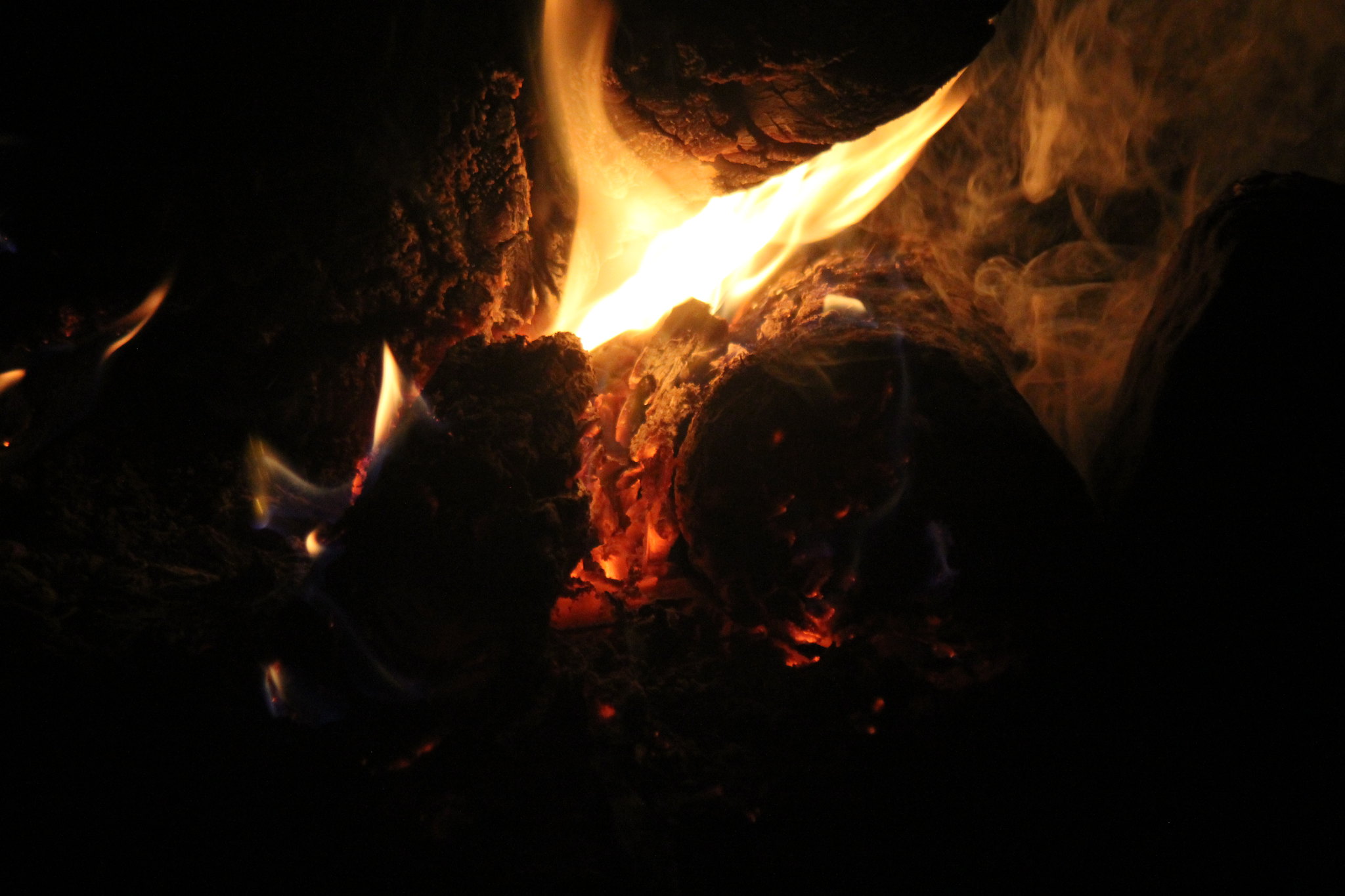Sunday, 20 December 2015, marks 100 years since the last Australian troops evacuated Gallipoli and this year they are going all out because it was century ago this occurred. It is a celebration of sacrifice no less.
This day in Gallipoli where so many men lost their lives in a veritable blood bath was apart of esoteric practices and this fate occurred during the eternal sacrifice days I have come to know as the Killing Days.
These days span from the 19th April to Walpurgisnacht on the 1st of May. On the first of May people dance the Maypole corresponding to the truth of our existence.
Walpurgis Night is the English translation of Walpurgisnacht [valˈpʊʁɡɪsˌnaχt], one of the Dutch and German names for the night of 30 April, so called because it is the eve of the feast day of Saint Walpurga, an 8th-century abbess in Francia.
In medieval German folklore the evening preceding the feast day of St. Walpurgis, is when witches congregated, especially on the Brocken.
Johann Wolfgang Von Goethe's FAUST Pts one and two of Walpurgis Night
Summary
It has been nearly a year since Valentine's death and Faust has again abandoned Gretchen. Now it is Walpurgis Night (April 30th), the time of the annual gathering of witches and spirits at the top of the Brocken in the Harz Mountains (located in central Germany) to celebrate a satanic orgy. The mountain top is covered with swarms of demons dancing and singing. The tension rises to a mad crescendo of evil as Mephisto guides Faust through his fiendish assembly, introducing him to all the infernal spirits of medieval legend, and inducing him to participate in their rites. While coupled in an erotic dance with a young female witch, Faust suddenly notices a mouse coming out of his partner's mouth. The shock of this causes him to remember Gretchen. He has a vision of her in chains, becomes distressed, and starts to wander away. Mephistopheles immediately springs into action. He gives a fanciful interpretation of the vision and tries to distract Faust by leading him to a theatre on the mountainside.AnalysisFaust has been brought to the Walpurgis celebration to complete his degradation and make permanent his lapse from morality. This episode can be interpreted symbolically as the descent into Hell promised in the "Prelude in the Theatre." The atmosphere of the scene is one of evil, black magic, and fantastic confusion. The witches and demons that Faust encounters are incarnations of all the many facets of evil. Their characterizations or satanic functions mirror many earlier incidents in the poem and bring home a bitter lesson to Faust about the true nature of his "new life." Here on the mountain Faust is made to face the awful reality of his own degeneration, but at the last moment his moral sensibility makes a final effort to assert itself. He remembers Gretchen and the love for her which was his first real participation in life.
Images @ Eminpee Fotography

No comments:
Post a Comment